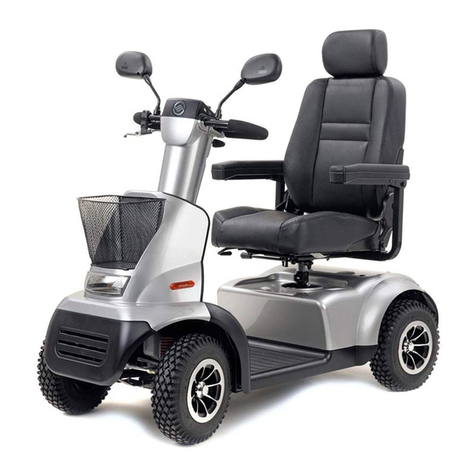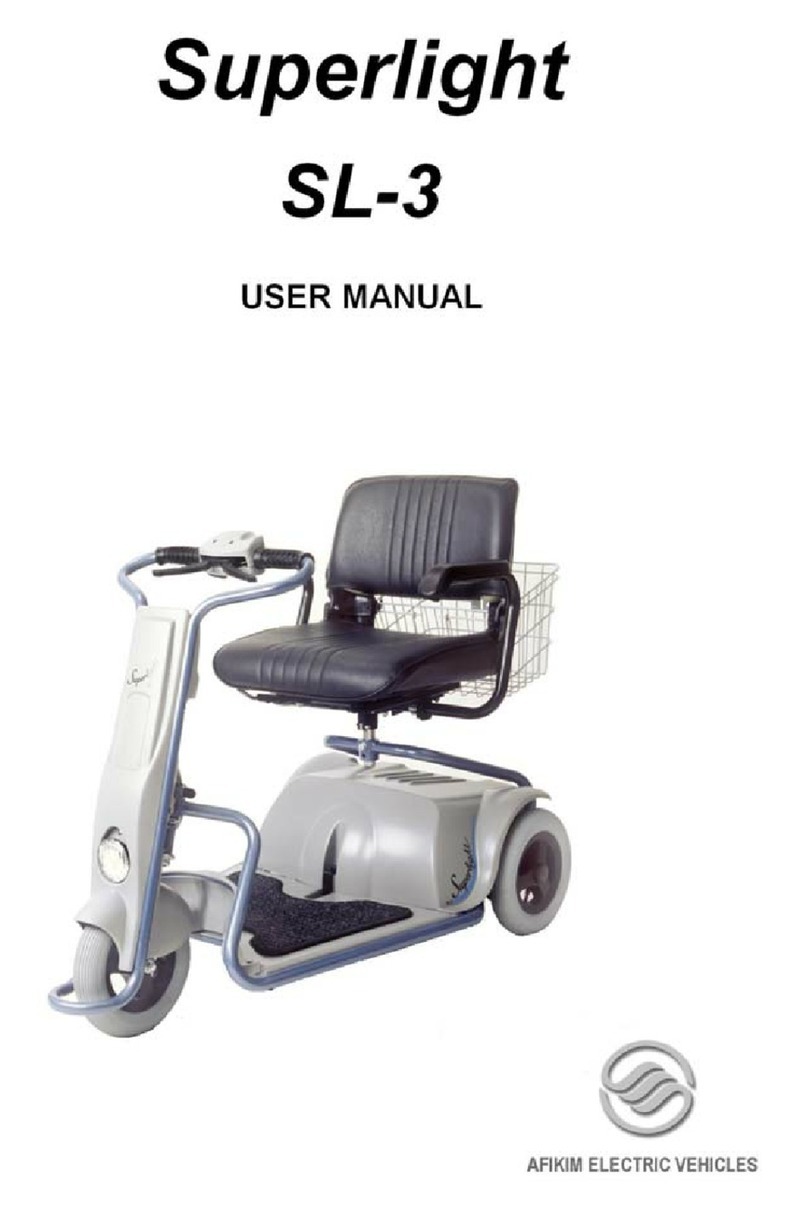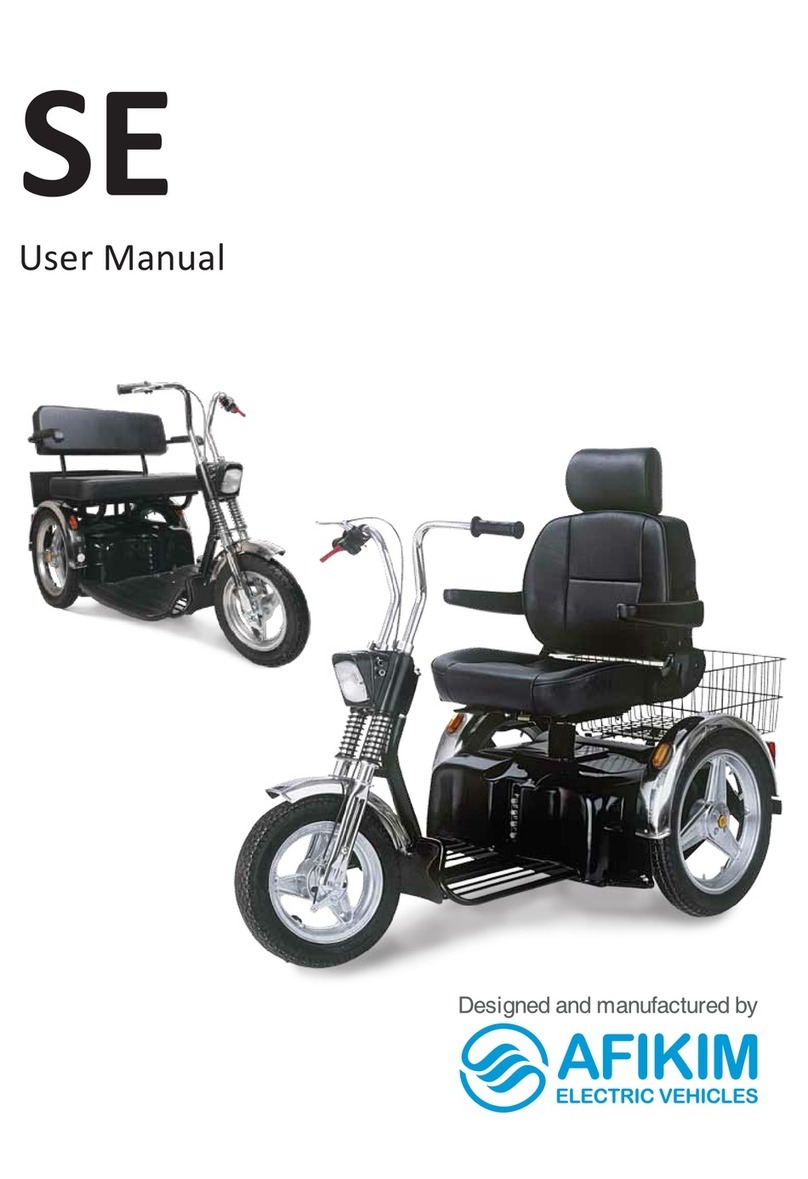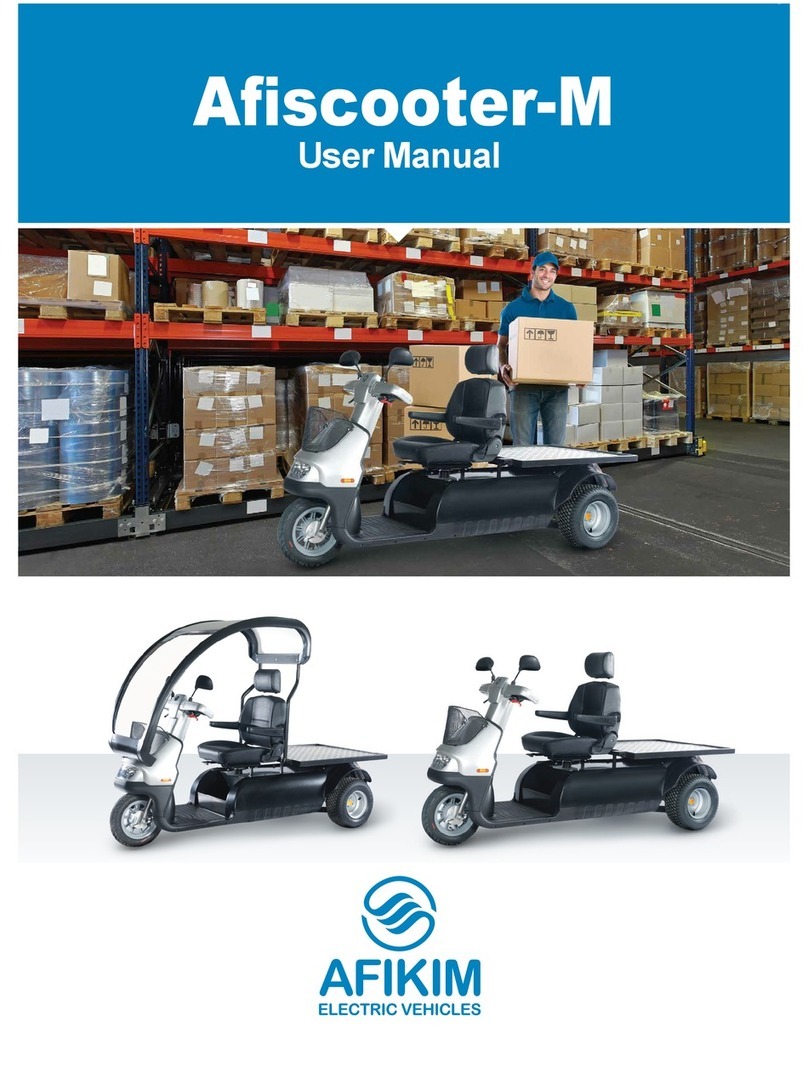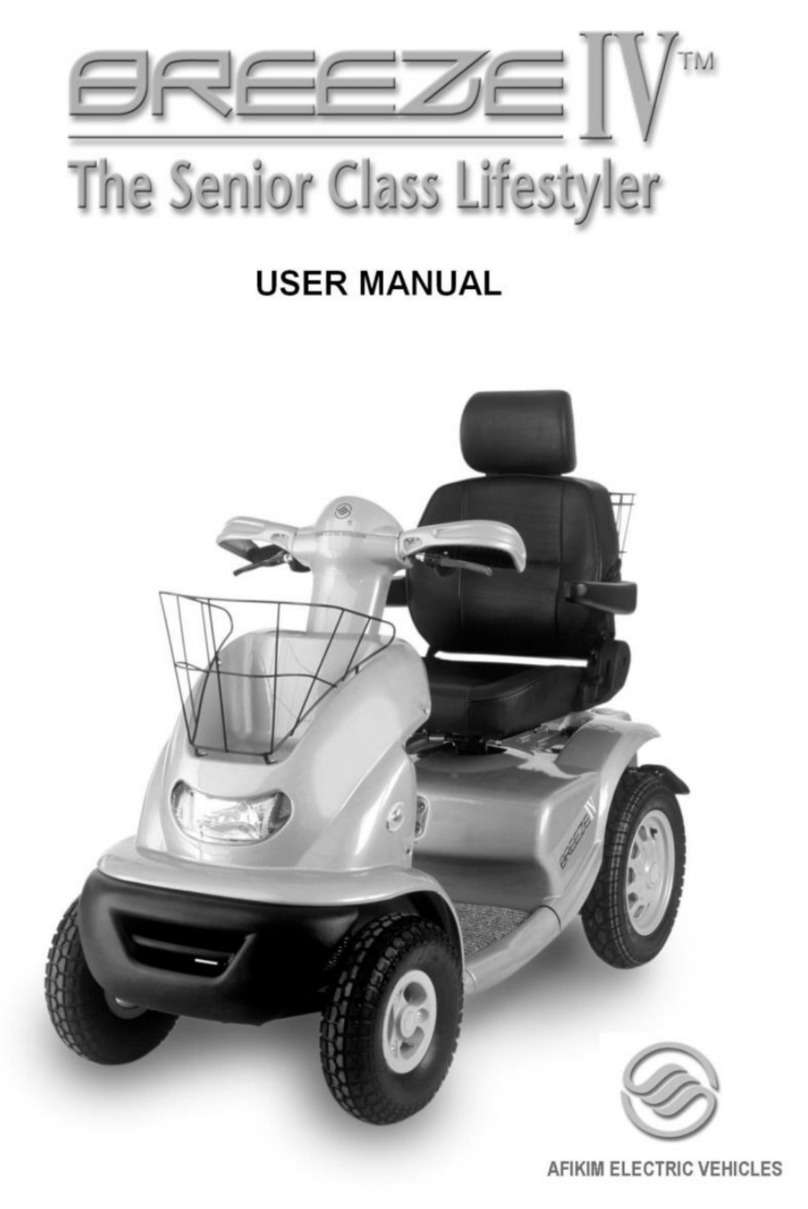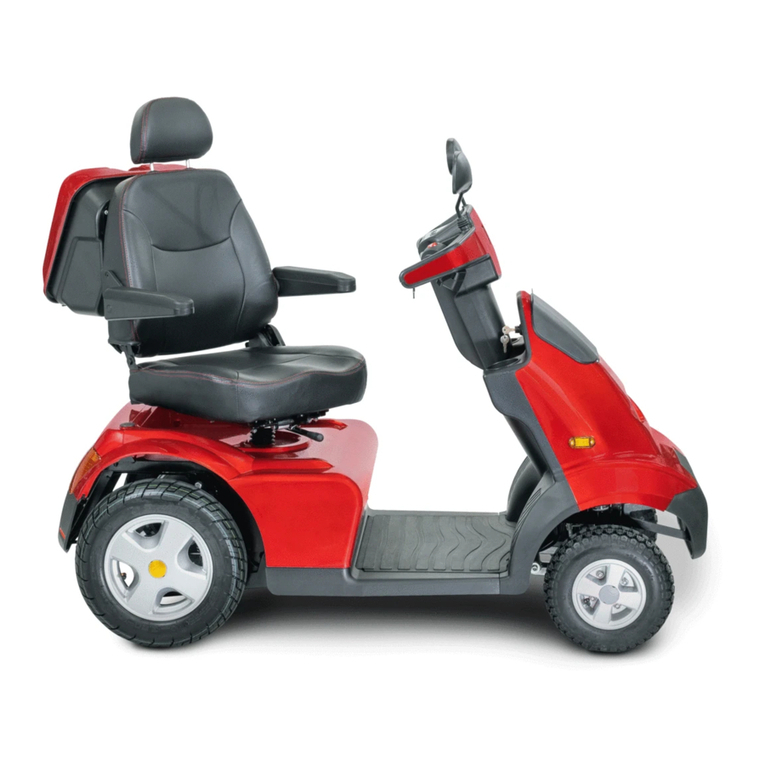Caddy
2
1. INTRODUCTION .................................................................................4
1.1 General information .......................................................................4
1.2 Technical specifications .................................................................6
1.2.1 Dimensions..............................................................................6
1.2.2 Weights....................................................................................6
1.2.3 Maximum loads .......................................................................6
1.2.4 Drive characteristics ................................................................7
1.2.5 Drive system and tires.............................................................7
1.2.6 Batteries and charger ..............................................................8
1.2.7 General specifications .............................................................8
1.2.8 Options and accessories.........................................................8
1.3 Safety instructions........................................................................10
1.3.1 Stability and slopes ...............................................................10
1.3.2 Electromagnetic compatibility (EMC) ....................................11
1.3.3 Batteries ................................................................................12
1.3.4 Hot areas...............................................................................13
1.3.5 Danger of pinching body parts ..............................................13
1.3.6 General warnings ..................................................................14
2. UNPACKING AND ASSEMBLY ........................................................17
2.1 Unpacking the box .......................................................................17
2.2 Mounting the rear wheels.............................................................19
2.3 Fixing the tiller to the frame..........................................................20
2.4 Placing the batteries ....................................................................22
2.5 Unfolding the Seat to driving position ..........................................23
2.6 Mounting the rear basket .............................................................25
2.7 Checking the assembly................................................................26
2.8 Mounting the seat belt option.......................................................27
3. OPERATION AND USE OF THE CADDY.........................................28
3.1 Seating into the Caddy.................................................................28
3.11 Tilting the handlebar forward and backward..............................28
3.2 Driving the Caddy ........................................................................29
3.3 Speed control of the Caddy .........................................................33
3.4 Emergency stopping ....................................................................33
3.5 The Caddy headlight....................................................................35
3.6 The Caddy horn ...........................................................................35
3.7 The battery discharge indication..................................................35
3.8 Pushing the Caddy: the freewheel function .................................37
4. DISASSEMBLING FOR TRANSPORT IN A CAR.............................40
4.1 Folding the Seat...........................................................................40
4.2 Removing the tiller from the frame...............................................42
4.3 Removing the basket ...................................................................43


